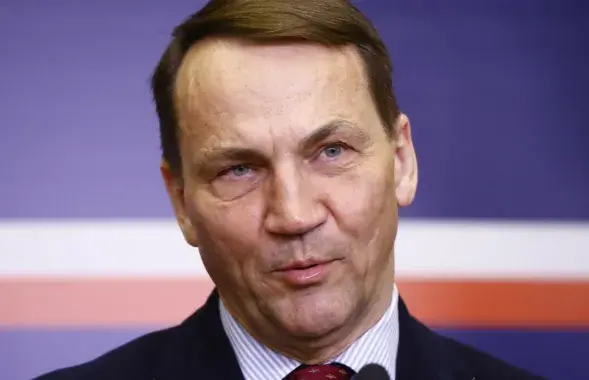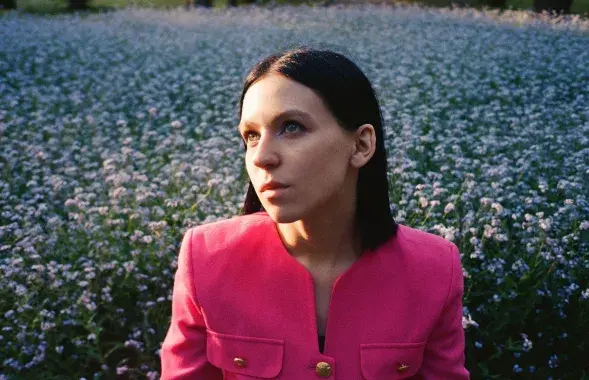Chinese exports to Belarus grow 50 times over 10 years
Belarusian exports to China have enjoyed a 2.5-time growth only.
Does the trade growth depend on official visits by the head of state? Euroradio has approached both the pro-government and opposition experts to find their views on this.
"There is certain connection. When we look at the trade with all developing countries, we will see that our trade relations look better with only some of those countries - those where Belarusian leadership was busy building political relations for many years," comments Andrei Yelisey,expert from Belarusian Institute of Strategic Studies.
He mentiones the countries where Belarusian exports have the strongest position (besides CIS countries, of course): China, Turkey, Venezuela, Iran and Cuba. When we trade with new partners, we usually sell raw materials, potassium fertilizers in the first place.
However, trade with the aforementioned countries often develops is often one-way. For example, Belarusian exports to China have grown from $163 million to $434 million over the past ten years - a 2.5-time growth. The Chinese exports have also grown from $46 million... to $2 billion 368 million or more than 50 times! So, who gets more benefits from Lukashenka's visits to China?
For various reasons, the Belarus leader is unable to travel anywhere. For example, it is difficult for him to travel to the European Union or the United States. However, this does not prevent our trade with the West from growing. Andrei Yeliseyeu explains this by the work of Belarusian oil refineries.
"The trade turnover with EU is growing thanks to the exports of petrochemical products and not thanks to a greater diversity and volume of Belarusian goods. This is all about the re-export of Russian petrochemical products or the products after refining the Russian crude."
The growth is noticable. For instanc, Belarus has increased exports to Poland by 3.5 times over the past ten years. Imports have grown from $273 million in 2002 to $949 million in 2012, according to Belstat. Now we sell goods to our western neighbor in amount which is two-times bigger than to China.
Economist Yury Shautsou also says there is a direct connection between the trade growth and personal visits by the head of state to partner countries. In his view, this also applies to even the western vector.
"Despite all the restrictions, Belarus Prime Minister Mikhail Myasnikovich recently traveled to an economic forum in Klaipeda, Lithuania where an unprecedented event took place. Belarus signed an agreement to acquire 30 percent of extremely important bulk cargo terminal in the sea port of Klaipeda."'
Mr Shautsou adds that the interests of Belarus in the West are successfully represented by ambassadors. His opponents maintain that Belarusian goods have nothing to do in the West, because they are not competitive in Europe. Therefore, personal visits will not change the situation drastically.
Surpisingly, Afghanistan occupies the No 1 place in the growth of Belarusian exports in recent years. In the period from 2000 to 2012, Belarus' exports to Afghanistan have grown by 156 times reaching $156 million - more than our exports to the countries like Kyrgyzstan, Uzbekistan, Armenia and Tadjikistan. By the way, no visit to Afghanistan was paid by either Belarusian leadership or the opposition.

















